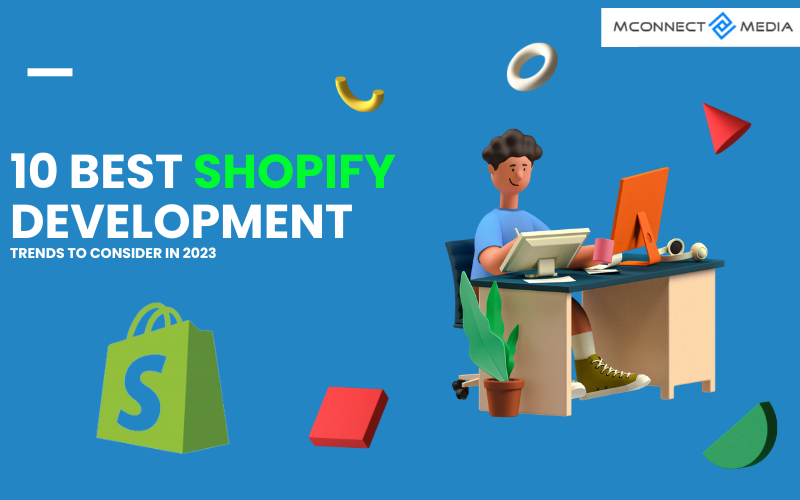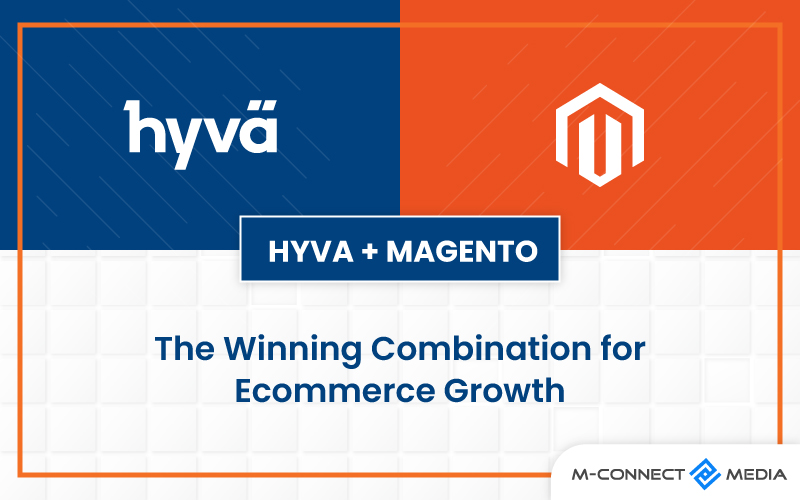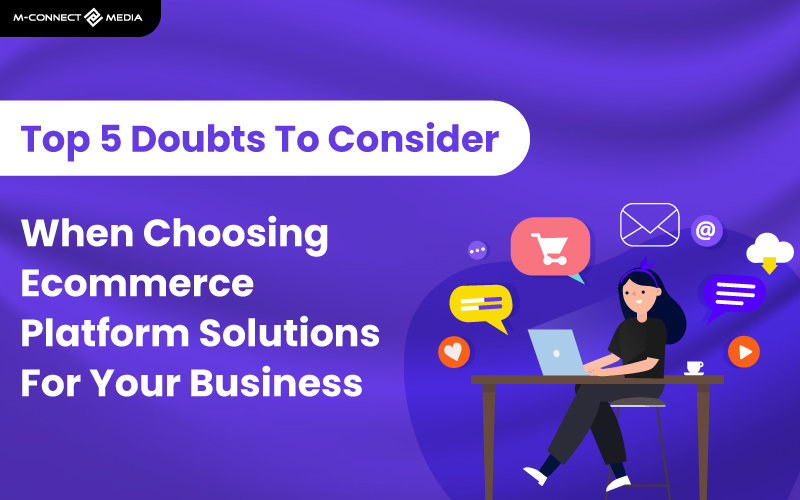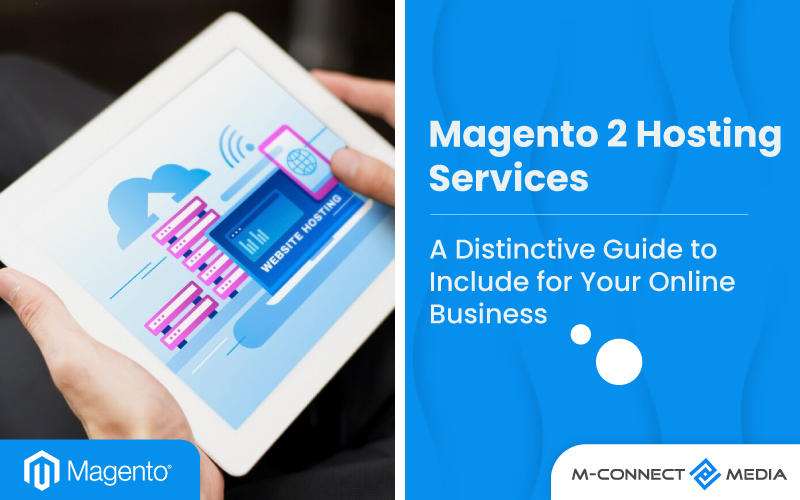The eCommerce market has enjoyed extraordinary development in recent years and is expected to continue rising at a rapid pace. The underlying technology that powers ecommerce market is evolving. Businesses must change in real time to stay relevant in the face of rising costs.
With all talk about eCommerce, merchants, offline and online, are urged to improve web presence in order to provide better customer service. It is more crucial for developers to stay on new trends. And its abilities in order to provide greatest experience to merchants.
Total retail sales are increasing, although at a slower pace. The brands must become even more resilient in face of unexpected. Meanwhile, consumers will have less money to spend in 2023 while also conscious of environment and ethical business practices.
We asked renowned Shopify Partners and Developers to uncover development trends and developing best practices. You should be aware of in order to build for Shopify effectively in 2023. Moreover, Consider them for projects, and you’ll put yourself and clients up for success.
Benefits of Using Shopify to Create an Online Store
If your primary goal is to quickly build an online store for a small or medium-sized business, Shopify, a fully hosted solution, is an excellent choice.
- This platform, which has over 100 Shopify theme development templates in Theme Store. It provides you with free and premium designs handpicked by specialists from various sectors.
- The best thing is that you can easily and quickly customize these templates to meet your branding requirements.
- Shopify, as a tool, is expandable and feature-rich, with a massive App business. It offering over 1400 distinct applications to personalize the operation of your business.
- Shopify’s 24/7 assistance is one of its most enticing features. Whether you’re creating first online store or need help with a technical issue, Shopify provides phone, live chat, and email support.
- The Shopify is a SaaS (software as a service) platform, which means hosted and you do not need to bother about responsibilities like hosting or maintenance.
- Shopify is a great time-saving choice, especially if you’re not tech-savvy, because it allows you to focus on other important elements of your business.
Also Read: Magento Vs Shopify – Which Ecommerce Platform You Should Prefer?
10 Best Trends of Shopify Development To Consider
Shopify is responsible for managing a remarkable gross merchandise volume of more than $40 billion, with over 500,000 online shops presently using the famous ecommerce platform.
The company’s amazing revenue growth since 2013, with nearly doubling revenues each year, demonstrates how quickly Shopify is expanding.
To keep ahead of the competition in such a dynamic sector, shops must adapt and adopt the latest Shopify ecommerce trends.
Also Read: Interesting Facts About Ecommerce That You Must Read
Furthermore, We have compiled a list of the top Shopify trends that are impacting the Shopify sector. Here’s a thorough look at the Best Shopify development trends for 2023:
1. Include Flexible Commerce
The concept of Flexible Commerce encapsulates this requirement for adaptation, arguing that merchants want tools that can be customised to their brand, client base, and operational needs in weeks rather than months.
One of the benefits of platforms with a thriving ecosystem, such as Shopify, is that you have a solid, stable basis from which to plug in a range of best-in-class apps in every specialty.
2. Mobile-Friendly Checkout
Mobile devices are increasingly used for online shopping, having a mobile-friendly ecommerce business is becoming increasingly important. Mobile-first design also refers to the process of building and optimizing websites for mobile devices rather than just altering desktop designs to fit smaller screens.
The mobile-friendly product pages include large photos and easy-to-read information, streamlined checkout procedure and mobile app make purchasing more convenient. The flexible design of the brand provides a smooth and engaging shopping experience, resulting in higher sales and consumer loyalty.
3. Voice Search Shopping
According to the survey, voice search is used by around 40.2% of the US population. It is sufficient to demonstrate the power of this trend and the necessity of incorporating it into web services. Customers prefer voice search to typing their inquiries.
As a result, internet merchants are capitalizing on this trend by offering voice-enabled purchasing experiences. Voice search also improves online shop accessibility and sales potential by providing users with a seamless and speedy search experience.
4. Increase Emphasis on Social Media
As sponsored placements take over search engine results pages, people are beginning shopping trips such as social media. As per recent survey, more than 60% of buyers aged 18 to 34 made a purchase as a result of sponsored social postings.
Shopify offers a sustainability fund, a “sustainability tab” for product pages, and a “toolkit” with resources for businesses to lessen their environmental effect to help store owners promote ecologically friendly and ethically created items.
5. Keep Dynamic and Entertaining
In 2023, interactive product sites with components such as 360-degree product views and movies are projected to become prominent. Shopify will also provide more tools and resources for store owners to develop interesting and dynamic product pages to support this trend.
Apps, plugins, augmented reality (AR), and virtual reality (VR) elements may be included. Shopify’s customizable platform will enable businesses to differentiate while improving the online shopping experience for customers by adding unique features and functions to product pages.
6. Personalized Shopping Experience
Personalization has become a critical aspect in offering a great consumer experience in today’s fast-paced and highly competitive ecommerce world.
Personalization enables ecommerce firms to personalize their services to each unique customer, resulting in a more relevant and engaging buying experience. However, It enhances conversion rates and builds brand loyalty.
7. Most Use of Metafields
Metafields are a versatile approach to enhance Shopify’s basic functionality by storing additional information about a resource. For example, a size guide on a product page, a relevant warranty upsell within the cart, or some deeper customer information during signup.
Customers, developers, and shop owners all benefit from metafields; they improve everyone’s experience with the Shopify ecosystem. This “extra” information may accessible on store’s front end either by developers using Liquid logic, or by customers in need of supporting information.
8. Micro-Influencer marketing
Micro-influencer marketing is a trendy trend among Shopify merchants wanting to enhance sales and brand exposure. These influencers frequently perceived as more genuine and personable, making their endorsements more powerful.
Shopify store owners are embracing micro-influencer marketing by discovering and collaborating with influencers that connect with their brand. And also target their audience to generate content and promote items.
9. Subscription-Based Approach
Shopify understands the value of subscription-based companies and includes subscription management tools for generating and managing memberships, automating payments, and tracking customer data.
Shopify is anticipated to continue investing in subscription-based companies in order to give shop owners with more tools and resources to help them enhance customer loyalty and earn recurring income.
10. Chatbots and Virtual Customer Service
Chatbots, like voice search, are gaining popularity as one of the most popular Shopify trends. They offer quick and trustworthy customer service by offering 24/7 help and minimizing human mistakes.
Chatbots can understand what people need and direct them to the desired results using Natural Language Processing and artificial intelligence.
Also Read: Top International Marketplaces to Expand Your eCommerce Business Globally
In A Nutshell
Shopify is the most popular ecommerce platforms. And it’s critical for store owners to stay up to date on the latest developments and updates. As ecommerce evolves and becomes more competitive, shop owners who want to stay relevant and successful in the business must keep up with the newest Shopify trends.
Ecommerce firms may gain competitive advantage and create better shopping experience for customers by implementing newest Shopify trends into stores. Store owners may deliver focused and customized shopping experiences by employing customization technologies and resources. It will resulting in higher consumer happiness and loyalty.
Mconnect Media employs trained business consultants that are skilled at building feasible ecommerce strategies that can assist you in resolving challenges in the most lucrative manner possible. Contact Us for your Magento eCommerce design and development requirements.
With over 12 years of expertise in Magento eCommerce development, we have a reputation for on-point consultation that boosts shop revenues. Moreover, Our eCommerce consulting services are definitely an insurance policy for your investments.










